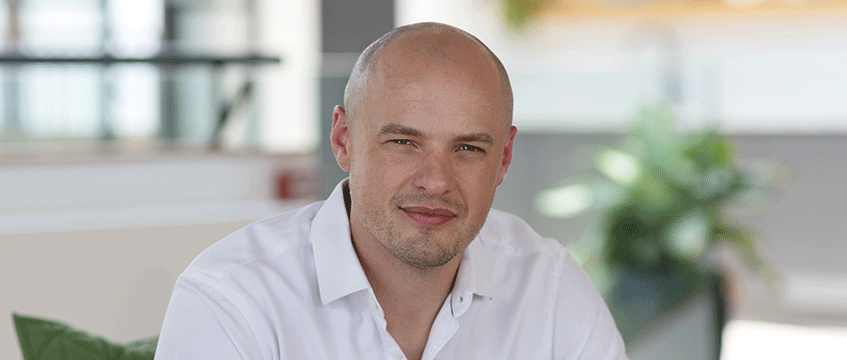COMMENT The London Growth Plan sets out a vision for the capital to cement itself as a globally significant hub for life sciences and innovation. Whitechapel’s inclusion in the East London Life Sciences Super Cluster, alongside Canary Wharf, highlights the area’s potential. But the challenge isn’t just designating clusters, it’s ensuring the right infrastructure is in place to support scientists, researchers and scaling businesses.
Too often, life sciences real estate is approached as a one-size-fits-all model, assuming lab space alone is enough to attract high-growth companies. But success in this sector is about creating environments that actively support research, commercialisation and talent development. This requires deep engagement with institutions driving innovation, understanding their needs and delivering real estate solutions that enable both scientific progress and commercial success.
Life sciences clusters don’t emerge by accident. They thrive where academic research, clinical expertise, commercial investment and industry support come together in a well-connected, highly functional ecosystem. London has all these ingredients, but its future success depends on ensuring that each district plays to its strengths while contributing to the broader UK innovation network.
Integrated ecosystems
Whitechapel has world-leading translational research capabilities, anchored by Barts Health NHS Trust and Queen Mary University of London. That’s why Lateral partnered with Queen Mary BioEnterprises to deliver incubator and grow-on lab space, helping early stage and scaling life sciences companies develop, test and commercialise new tech.
The same principle applies to our collaboration with Barts Health NHS Trust and The Royal London Hospital. The hospital isn’t just looking for commercial space – it needs an integrated ecosystem supporting clinical research, talent pipelines and translational medicine. This means providing space that enables commercial clinical R&D aligned with The Royal London’s therapeutic priorities, maximising the potential of their clinical talent, and leveraging clinical data and outcomes research to drive new therapies, diagnostics and precision medicine.
At Camley Street and Bloomsbury, Lateral is taking the same approach – developing sector-specific infrastructure rather than simply adding more space to the market. In partnership with Ballymore and the London Borough of Camden, we are creating a highly flexible science and technology facility, filling a critical gap in the Knowledge Quarter’s infrastructure.
With institutions such as the Francis Crick Institute, Wellcome and DeepMind nearby, this area is a natural hub for companies working in AI-driven drug discovery, genomics and precision medicine. But these businesses need more than just a lab. They need an environment that fosters collaboration, accelerates scale-up and attracts top-tier talent. That means designing spaces where researchers, data scientists and industry leaders can work side by side, breaking down barriers between disciplines to drive real innovation.
Cradle to career
London’s success as a life sciences hub isn’t just about infrastructure – it’s about ensuring talent from all backgrounds has access to opportunity. STEM For Life, Lateral’s cradle-to-career programme, is designed to break down barriers by introducing young people to STEM early, connecting them with industry mentors and creating pathways into training, apprenticeships and jobs in life sciences and technology.
The London Growth Plan rightly calls for an inclusive innovation economy, but this will only be realised if we invest in both infrastructure and the talent pipeline needed to sustain it.
For London to cement itself as a leading global life sciences hub, real estate must be shaped by what the sector needs – spaces designed to foster research breakthroughs, commercialisation, and talent attraction and retention.
Public and private sector leaders must work together to ensure the right type of space is developed in the right locations. This isn’t just about London’s future, it’s about the UK’s position in the global innovation race. The government has reinforced life sciences as a key driver of economic growth and healthcare innovation, while chancellor Rachel Reeves’ ambition to transform the Oxford-Cambridge corridor into “Europe’s Silicon Valley” highlights the importance of investing in our innovation ecosystem.
London is already pivotal to the UK’s £89bn life sciences sector, supporting more than 268,000 jobs. Maintaining this leadership requires infrastructure, research ecosystems and talent pipelines that enable discoveries to scale at pace.
Lateral is fully committed to this approach, identifying needs and delivering real estate solutions that drive scientific progress and commercial success. If London is serious about becoming a global leader in life sciences – and if the UK is to fulfil its ambition of being a science and technology superpower by 2030 – then it’s time to move beyond generic real estate and start recognising its role as a critical enabler of research, discovery and economic growth.
Rob Beacroft is a director at Lateral
Image © Andy Bate Photography
Share your feedback











